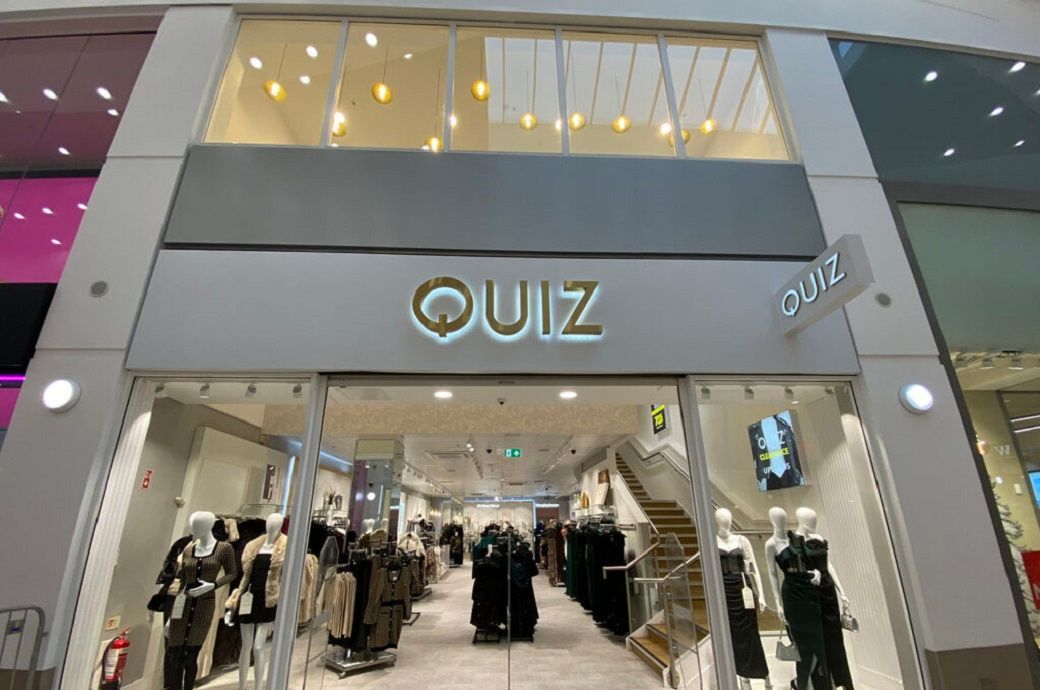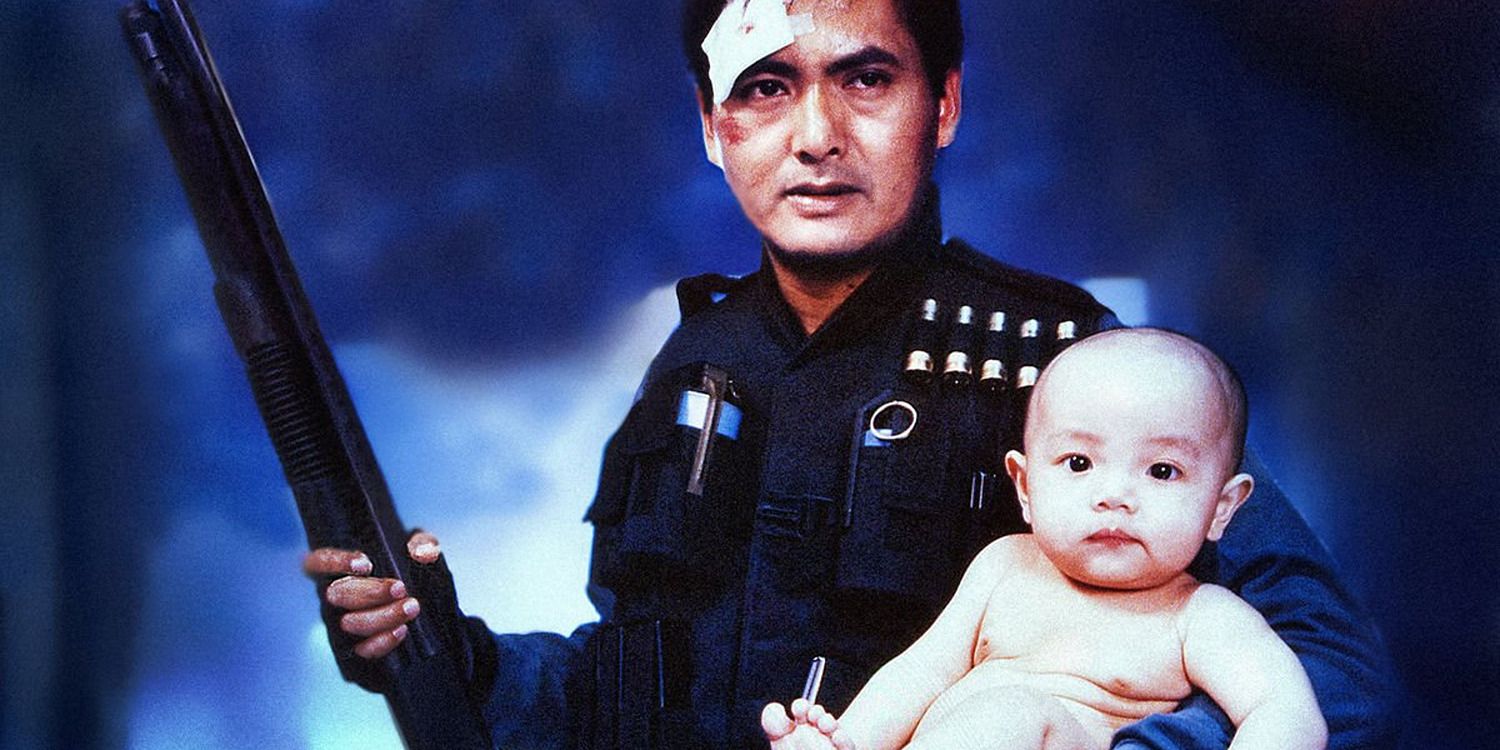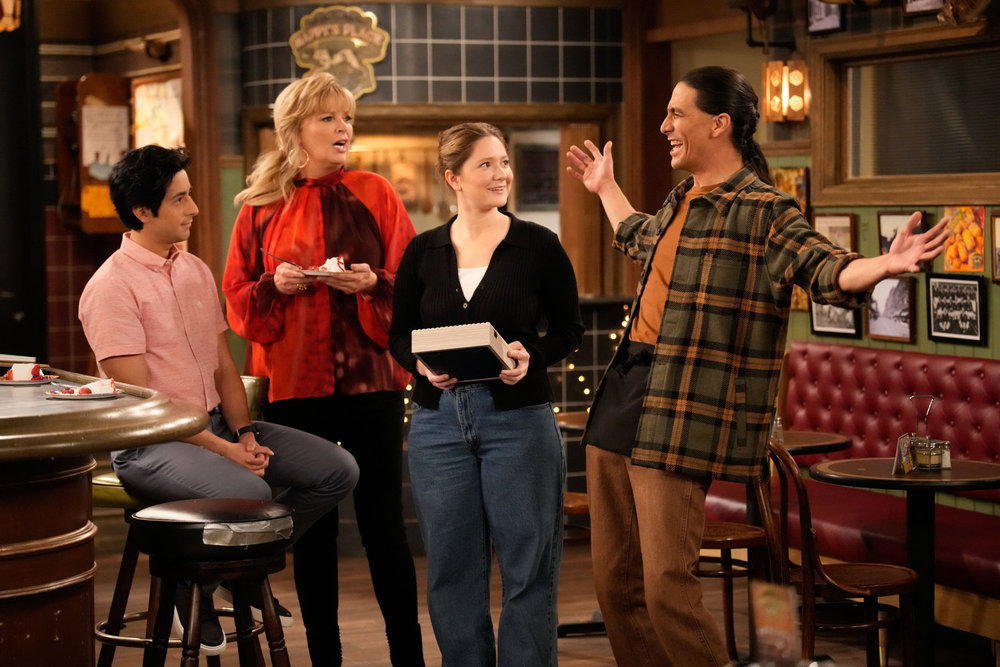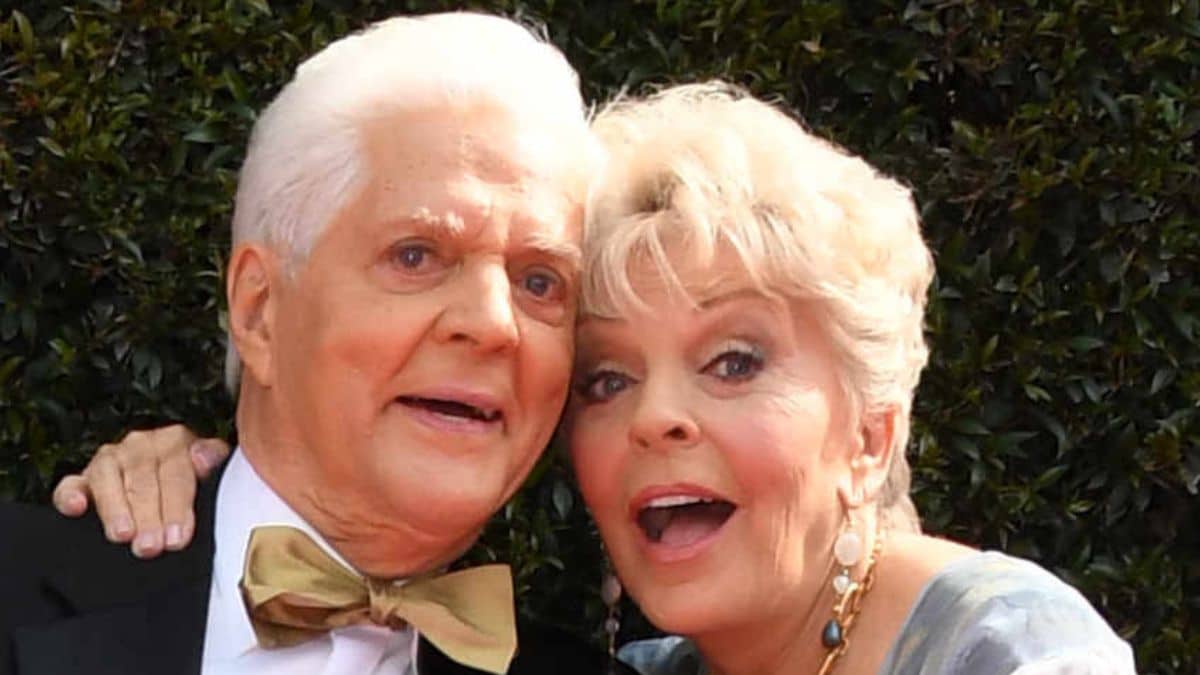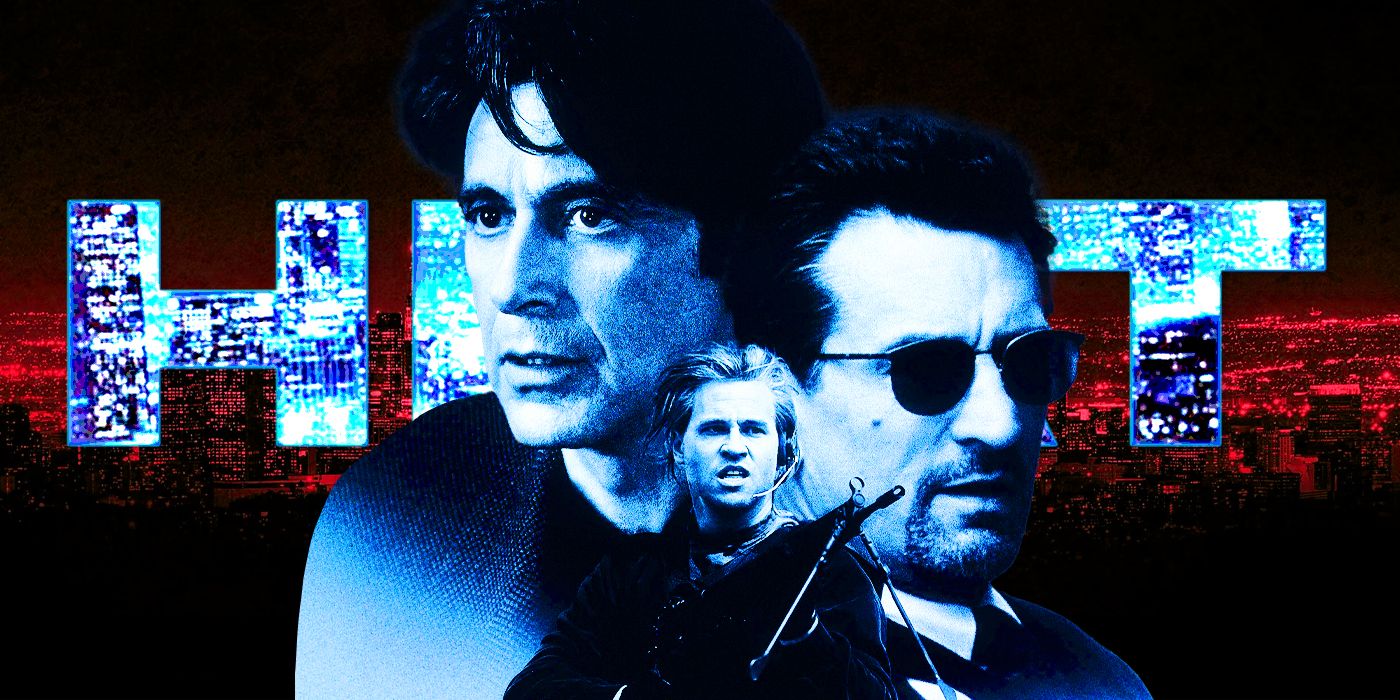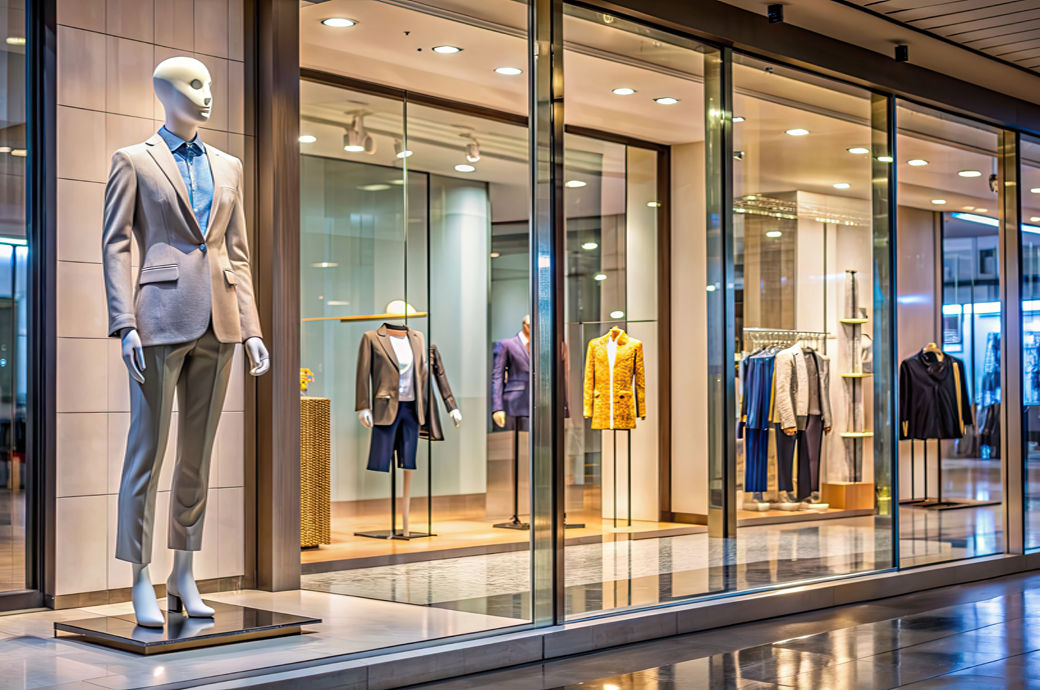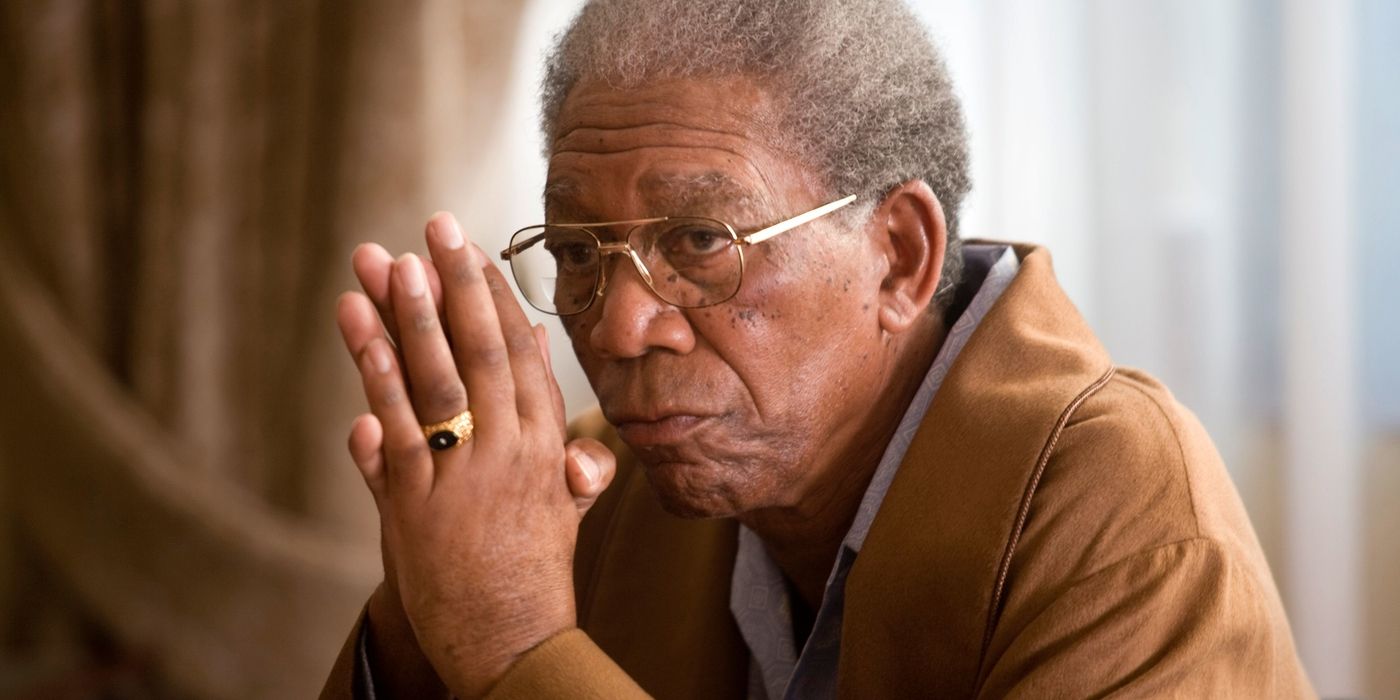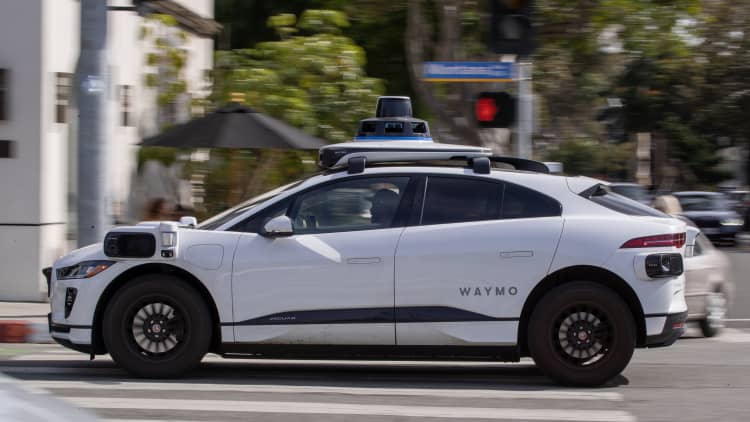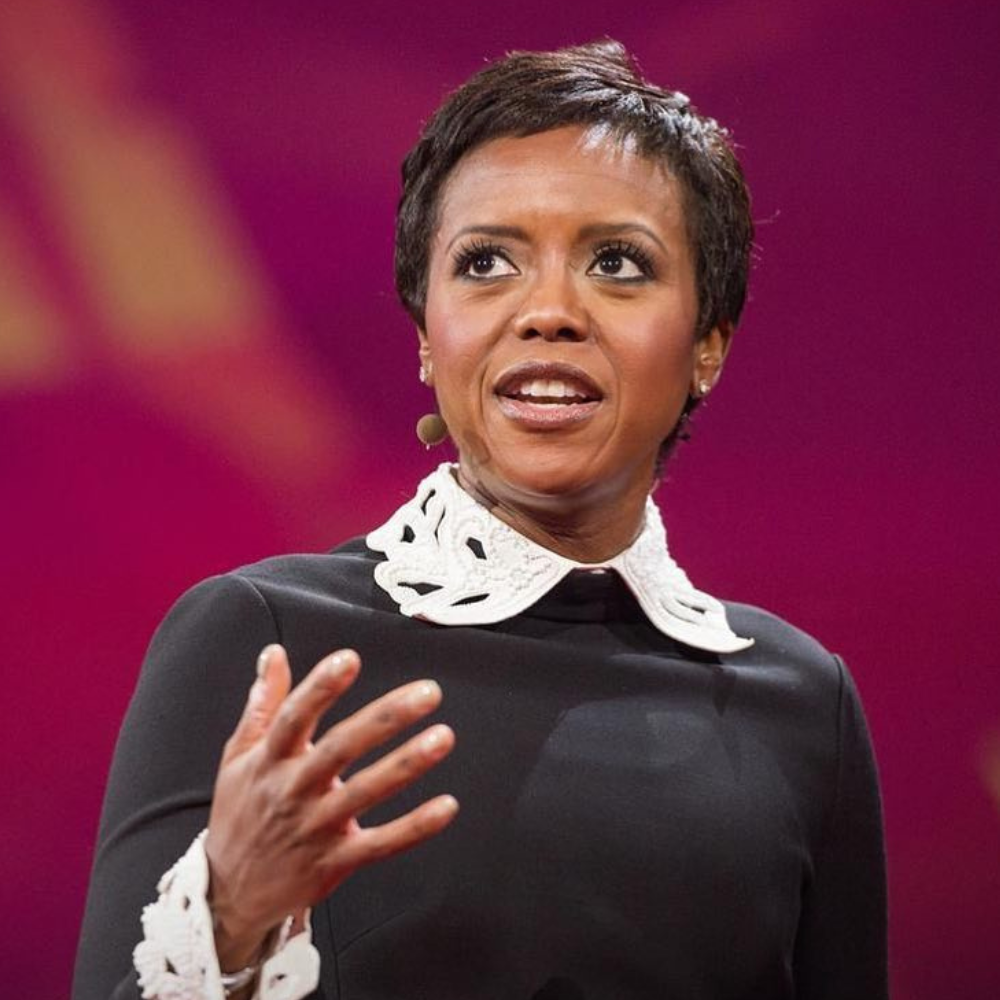The Big Picture
- Heat was a massive success, making $187 million worldwide and tripling its budget, solidifying it as a staple in pop culture.
- The film’s powerful diner scene between Pacino and De Niro was based on a real-life encounter between a cop and a criminal.
- The tragic conclusion of Neil McCauley’s life of crime was a chaotic shootout with the police, mirroring the action-packed finale of the film.
In 1995, director Michael Mann made arguably his most powerful and popular film, the crime drama known simply as Heat. In the 1990s, Mann was among the most sought out filmmakers, coming off of the success of The Last of the Mohicans in 1992. His next picture would be a heist flick that harkened back to Thief, his 1981 debut starring James Caan. Heat has a star-studded ensemble cast with the likes of Val Kilmer, Jon Voight, Tom Sizemore, and Ashley Judd, but the biggest selling point by far was the inclusion of Al Pacino and Robert De Niro as the leads. Somehow, after decades of major success with parallel careers, this promised to be the film that would finally see the two legendary actors sharing the screen together. Yes, they were both a part of The Godfather Part II, but their characters were in different timelines, which didn’t give the pair a chance to work with one another.
Heat was a huge hit, making $187 million worldwide in late 1995 and into 1996, which tripled its $60 million budget. The nearly three-hour-long feature became a popular staple of video stores and cable TV for years to come. It showed how important Pacino and De Niro still were to movies, and it pushed Mann to more continued success, as he followed up Heat with a string of acclaimed films in The Insider, Ali, and Collateral. Even though the film is well acted and exceptionally directed, leading to a thrilling ride that is something bigger than a simple action film, it owes much of its success to the wild, stranger-than-fiction true story that it’s based on.

Heat
A group of high-end professional thieves start to feel the heat from the LAPD when they unknowingly leave a verbal clue at their latest heist.
- Release Date
- December 15, 1995
- Director
- Michael Mann
- Runtime
- 170 minutes
- Main Genre
- Drama
- Writers
- Michael Mann
- Studio
- Warner Bros.
Pacino’s ‘Heat’ Character Was Modeled on an Actual Cop
Sixteen years before it would become a blockbuster movie, Mann wrote the original script while working as a film and TV writer. The true story involves a Chicago detective in the 1960s named Chuck Adamson (Pacino would play a version of him in the film named Vincent Hanna), who ironically would collaborate with Mann on Thief and then later go on to become a TV screenwriter and producer himself.
In the ’60s, he was handed a case about an ex-convict from Alcatraz named Neil McCauley (later played by De Niro with the same name). In 1962, McCauley had been released from prison after a 25-year sentence, over half of his 48 years on Earth. eight of those years were spent at Alcatraz, with four of them being in complete isolation. Adamson began watching him, not at all convinced that McCauley was a reformed man who wouldn’t begin his life of crime again. He was right. McCauley began putting a crew together to conduct more heists, with many of their crimes recreated in the film. The most accurate portion of the film, however, is one without any violence or bloodshed.
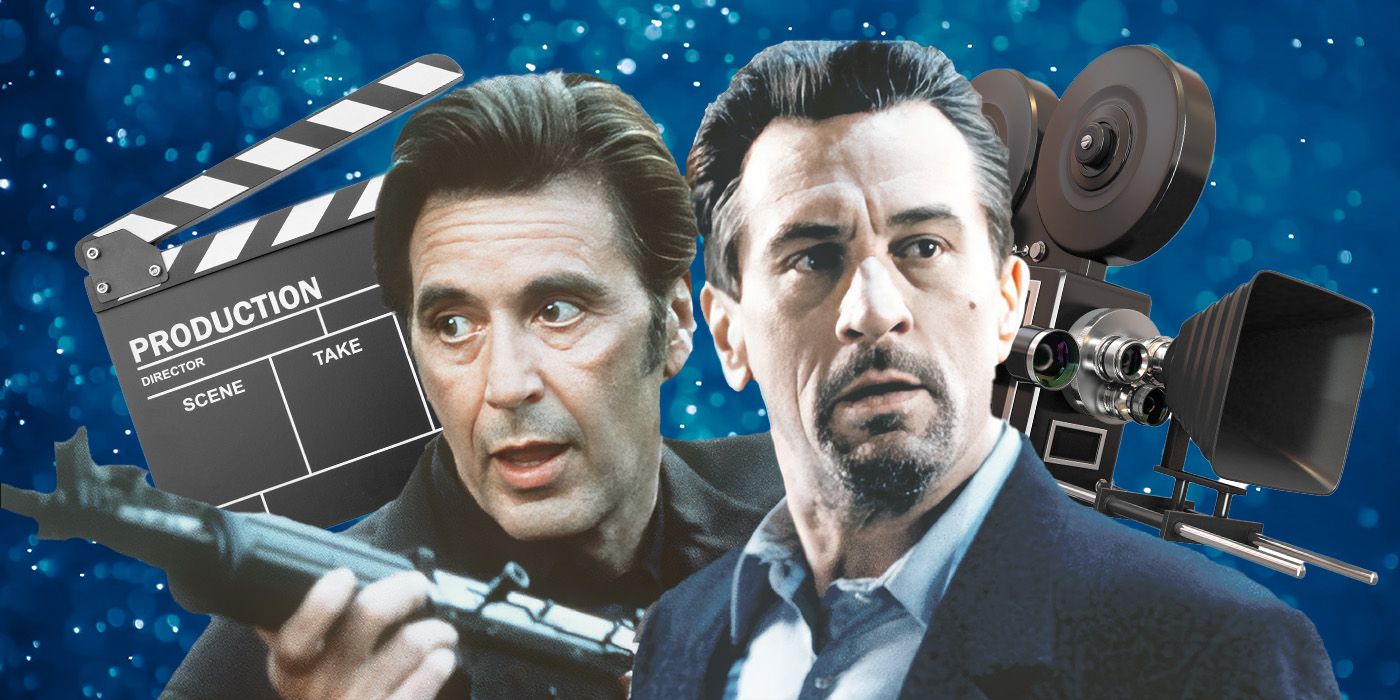
Michael Mann’s ‘Heat’ Is Actually a Remake of His Own Made-for-TV Movie
Second time’s the charm.
Heat has its share of thrilling action moments, but the most powerful part is when Al Pacino and Robert De Niro sit down at a diner together to make film history. This wasn’t just a fun way to put two Hollywood heavyweights together though. That moment occurred in real life between Adamson and McCauley. Even more impressive, the dialogue doesn’t come from Screenwriting 101 or the masterful imagination of Michael Mann, but was taken from Adamson himself, and was reportedly recreated almost word for word. There’s no dramatization here. The real life story didn’t need it. It was thrilling enough on its own.
In the book, Michael Mann: Crime Auteur, the director talks about the connection between cop and criminal. “Chuck had respected the guy’s professionalism — he was a really good thief, which is exciting to a detective, and he tried to keep any risks to a minimum — but at the same time, he was a cold-blooded sociopath who’d kill you as soon as look at you — if necessary… Chuck was going through some crises in his life, and they wound up having one of those intimate conversations you sometimes have with strangers. There was a real rapport between them; yet both men verbally recognized one would probably kill the other.”
‘Heat’s Famous Diner Scene Mirrored Real Life
Even though they couldn’t be more opposite, with one the force of good, and other the epitome of bad, there seemed to be an odd sort of mutual respect between the two. Adamson was no ordinary cop. He was great at his job with the perfect instinct to track down McCauley and infiltrate his group. And McCauley was no simple-minded criminal who got by on dumb luck. He was a clever man who thought his crimes through and went over them meticulously in his mind before ever committing them. As shown in the diner scene in Heat, both men were so consumed with perfection that it has destroyed their social lives.
The scene in real life and as recreated in the film shows the respect Adamson and McCauley had for one another, but they also speak to the tragic end that they know is most likely waiting, with Pacino telling De Niro in the film, “If I’m there and I gotta put you away, I won’t like it, but I’ll tell ya, if it’s between you and some poor bastard whose wife you’re gonna turn into a widow, brother, you are going down.” De Niro hears this and responds with his own sinister threat. “There’s a flip side to that coin. What if you do got me boxed in and I gotta put you down? Because no matter what, you will not get in my way. We’ve been face to face, but I won’t hesitate, not for a second.”
It’s shocking to know that this scene, which is meant to build tension and foreshadow their eventual bloody showdown, truly happened. In the film and in real life, however, it goes down in different ways, but with the same conclusion. Heat sees Pacino and De Niro on an airport tarmac at night, guns drawn, seeking each other out, before Pacino shoots De Niro dead. The good guy wins and the bad guy loses in a classic action movie trope finale.
‘Heat’s Ending Takes a Departure From the Real-Life Story
Real life played out a bit differently. McCauley and his crew had been researching a heist for weeks that involved robbing the National Tea grocery store in Chicago after an armored car made its money drop. Little did they know that Detective Adamson and a group of cops were watching them the entire time. McCauley’s gang committed the robbery, stealing around $13,000, but on their way out, Adamson and company were waiting, blocking every single exit. A shootout commenced, with two of McCauley’s men killed. McCauley himself tried to run, but Adamson shot him six times, leaving him dead.
The film draws its conclusion out and aims to give us more of Pacino and De Niro with a quiet and suspenseful movie ending, when in reality, everything was even more chaotic. Still, both stories end the same way. Neil McCauley will never commit another crime, and he will never go back to prison because his life had come to a violent end. Detective Chuck Adamson (or Vincent Hanna in the film) is the heroic cop who took him down and stopped his destruction.
It’s the perfect end to a film, one that seems too good to be true, but it is true indeed. In real life, it was a sad end, but a just one. Heat somehow was not nominated for any Oscars, but it’s still remembered today for being one of the best crime movies ever put to film. Chuck Adamson’s life would go on, leading him into the movie business that would then later tell his own story. For Neil McCauley, he lived a life of crime and paid the ultimate price, but if he knew that decades later one of the greatest actors ever was to portray him and tell his own story, he might have thought it was all worth it.
Heat is available to stream on Hulu in the U.S.






























